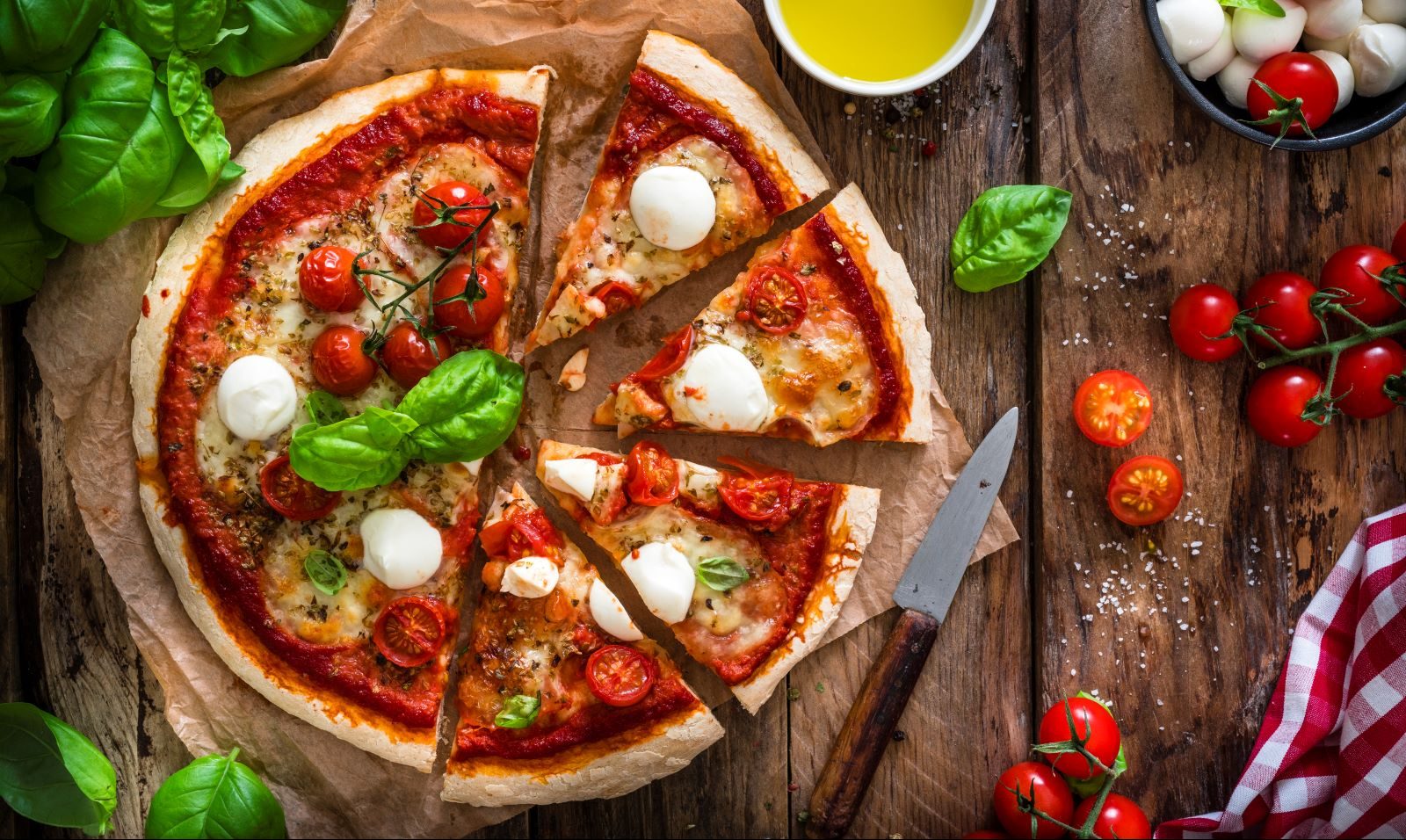Pizza has long been branded a “cheat” meal when it comes to eating healthy. But is all that negativity warranted?
As a dietitian, pizza is one of the most popular topics of discussion between Jamie Allers, MS, and her patients.
“It may not be helpful or sustainable to completely eliminate pizza from your diet – especially if it is one of your favorite foods,” says Allers, part of Hartford HealthCare’s Digestive Health Institute.
Allers breaks down the healthiest pizza toppings, sauces and crusts so that pizza can live on in your diet.
Which toppings should I choose?
Unsurprisingly, vegetables are king when it comes to healthy pizza toppings.
“Nutritionally, if you add vegetables you are giving yourself more fiber, vitamins and minerals,” she says.
It’s also important to be careful when choosing a protein. Meat toppings like sausage and pepperoni are loaded with saturated fat, so opting for chicken on your pie is a healthier choice.
Cheese is another major culprit when it comes to fat, so don’t order extra, Allers advises. And consider ordering a smaller size – you won’t have as much leftover, and you’ll be less tempted to overeat.
> Related: Nutrition Smack Down: Chicken Breasts vs. Chicken Thighs
Is a white pizza healthier than a red pizza? Or vice versa?
Ultimately, white pizza isn’t necessarily healthier than red. While skipping the sauce could save on calories and sodium, the extra cheese and oil substituted in a white pizza can be just as bad.
But if you suffer from reflux or other gastric issues, white pizza might be the better choice. Tomatoes are notorious for causing heartburn.
“But,” Allers warns, “other ingredients can still trigger reflux.”
Is cauliflower crust actually better for you?
If you’re looking a lower carb alternative to pizza crust, you may turn to cauliflower crusts. But be warned – not all cauliflower crusts are created equal.
“If you are buying it commercially, the labeling can be misleading,” Allers says. “It’s marketed as low-carb and for low-carb diets, but read the labels carefully. If it’s not just cauliflower – if there’s potato starch, or rice flour, or other flours – that increases the carb content. There are some brands and some recipes that truly are low carb or no carb, but you have to pay attention.”
> Want more health news? Text StartHere to 85209 to sign up for text alerts
Should I cut pizza out of my diet for good?
“What I tell people is, choose the pizza you love and then enjoy it in moderation. Have it less frequently, or balance it in a meal with a good salad. Don’t just fill your plate with pizza.”
And if you’re looking for a fun family activity, try making pizza at home. The bonus? You have control over the ingredients so you can craft a healthier pie, says Allers.



